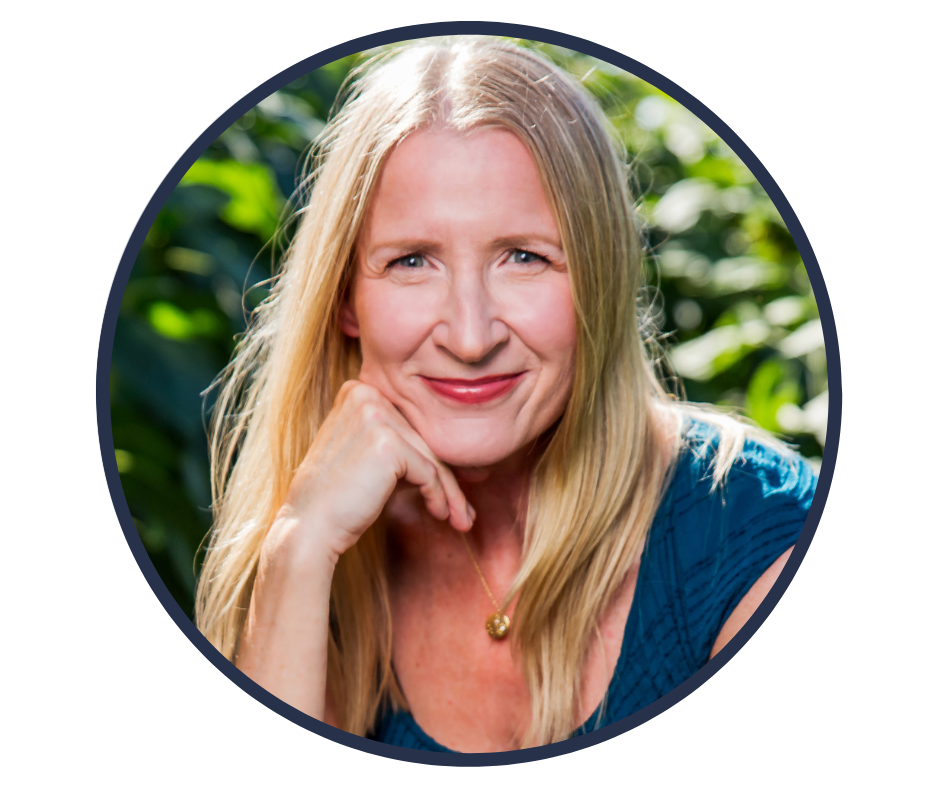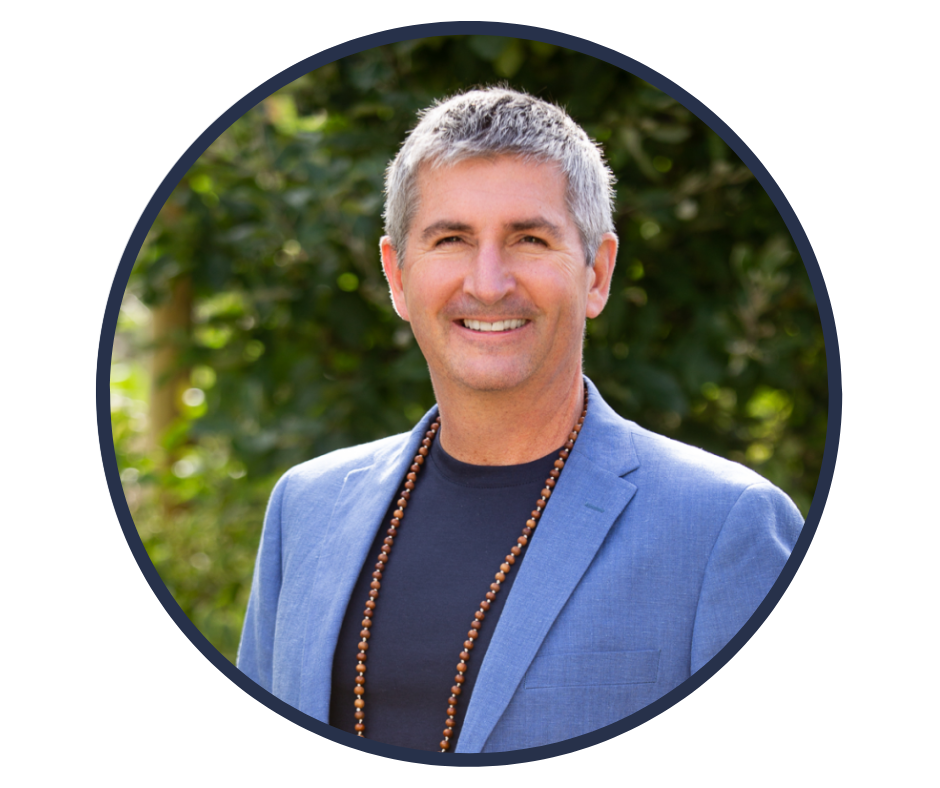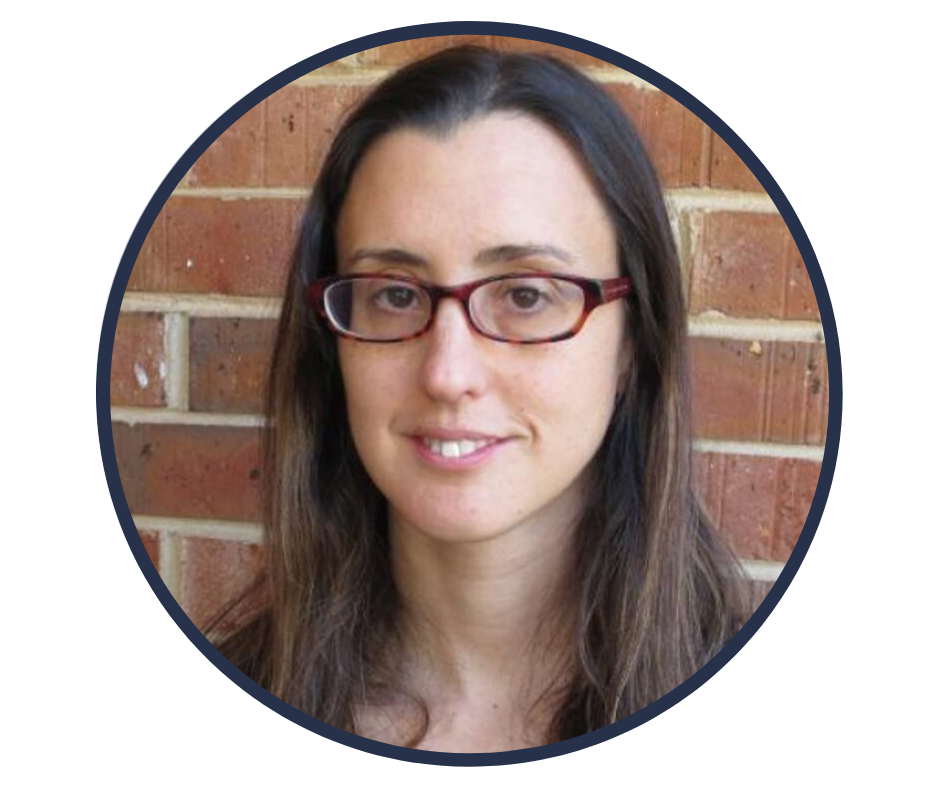Yoga and Science in Pain Care Book Club

Yoga and Science in Pain Care Book Club
This course includes
Overview
Are you looking for ways to better help people in pain? If you are, you’re not alone. It is estimated that over 1.5 billion people worldwide are affected by chronic pain. That’s 20.5% of the world population that is suffering and needs your help.
Join Neil Pearson, Shelly Prosko and Marlysa Sullivan, the co-editors of Yoga and Science in Pain Care, and 8 co-authors for the first ever 15-part book club series!
Explore the complexity of the pain experience, dive deeper into pain care, review important knowledge and learn about the practical applications through case studies or experiential techniques with the chapter authors of Yoga and Science in Pain Care. What you will learn can be effectively applied via virtual and in-person consults.
Pain and pain care are expansive topics that will benefit from looking at commonalities across related fields, while people in pain will benefit from sharing and integrating the knowledge and practice between health care and yoga. Each webinar explores a component of pain including scientific and medical understandings, the psychology of pain and the emerging theories in the biopsychosocial-spiritual model of care.
An essential and often overlooked part of pain rehabilitation is listening to, working with, learning from, and validating the person in pain’s lived experience. It’s time we begin the movement towards a more patient-valued, partnership-based biopsychosocial-spiritual model of healthcare where the patient is an active and empowered participant, as opposed to a model where the healthcare provider is ‘fixing’ the passive patient. We will also explore how practitioners can address the entire human being in pain, and how to include the person as an expert for more effective and self-empowered care.
Our hope is that you will gain a deeper understanding of pain, people in pain, and practices to help people living in pain. Read the chapter in preparation, even discuss it within your own organization or colleagues, then learn more from the chapter author. Submit your questions and have the opportunity to interact with the author, and hear how others are integrating yoga, science, and pain care.
Audience
- Practitioners including yoga therapists and healthcare practitioners interested in integrating yoga with their persistent pain population to expand their approaches in clinical practice
- Yoga teachers interested in understanding aspects of the science behind yoga and pain
- Medical/healthcare professionals who want to better understand pain or want to integrate yoga and mind/body practices
- Mind/body contemplative practitioners/researchers/clinicians who want to better understand the science around pain and how yoga as a mind/body practice works with people in pain
- Yoga practitioners or integrative health consumers who want an in-depth read with practical knowledge in this field.
- Yoga therapist programs and medical university/college programs that require online course study in pain care
- Schools that have online mind/body programs as stand-alone modules or as part of medical programs and other mind-body institutions.
- People suffering from pain, particularly those keen about learning some practices to help with pain self-care and who want to learn more about the value of integrating pain science and yoga
- We also hope that this series will help bring together yoga therapists and health professionals. There is value of blending science and yoga therapy in pain care – for the person in pain, for the health professional and for the yoga professional.
Learning Objectives
- Describe the complexity of pain including the lived experience of pain and the science surrounding pain.
- Learn how yoga philosophy and practices can be used as an effective and evidence-informed intervention and provide a biopsychosocial-spiritual framework in pain care.
- Practice, experience and examine the application of yoga principles and practices in pain care that demonstrate addressing all aspects of the person in pain and the complex components of pain. Examples of case studies will be provided.
Is the course eligible for CEU's?
The answer is dependent on your profession and geographic location of practice. For Canadian Physiotherapists, this webinar series counts towards your learning hours and professional portfolio.
For other professions and jurisdictions, please submit the webinar and course descriptions and objectives we have provided to your professional association to review.
For Physical Therapists in the U.S., The Federation of State Boards of Physical Therapy (FSBPT) Continuing Competency Team has announced that it is re-evaluating the process of CEUs or CCUs and has discontinued the aPTitude system and ProCert program that we would have used to submit for CEUs/CCUs for this course. Notification from the FSBPT can be read here. This Forum article discusses the future focus of the FSBPT continuing competency initiative.
This series may qualify toward learning hours but we cannot guarantee this.
Questions? Reach out to us at support@embodiaapp.com
The instructors

PT, C-IAYT, PCAYT
Shelly has been helping people recover and flourish since 1998 as a physiotherapist, yoga therapist, educator, author and pioneer of PhysioYoga, blending evidence-informed body-mind-breath-spirit-heart centered practices and principles, such as yoga, into physiotherapy with a focus on chronic pain, pelvic health, compassion in healthcare and professional burnout. She is on faculty at several therapy programs, presents at medical conferences globally, contributes to academic research and writing, provides classes, courses and resources for the general population, and offers continuing education courses and mentorship for professionals.
She considers herself a lifelong student and emphasizes the immense value gained from clinical experience and learning from those she serves, the professionals she teaches, and the colleagues with which she collaborates.
Shelly is the co-editor/author of the book Yoga and Science in Pain Care: Treating the Person in Pain and has authored numerous book chapters in a variety of rehabilitation textbooks.
She maintains a clinical practice in Sylvan Lake, Alberta and believes compassion (including self-compassion), meaningful connections, spending time in nature and sharing joy are powerful contributors to rehab and well-being.
Visit www.PhysioYoga.ca to learn more.

PT, MSc(RHBS), BA-BPHE, C-IAYT, ERYT500
Neil is a physical therapist, yoga therapist, author, researcher, Clinical Associate Professor at the University of British Columbia, faculty in three IAYT-accredited yoga therapy programs, board member for the International Association of Yoga Therapists and pain care advocate. He conducts research into the effects of yoga on veterans with chronic pain and people with osteoarthritis. Neil is the recipient of awards honouring his work in pain care, patient education and physiotherapy by Queen’s University, the Canadian Pain Society and both provincial and national physiotherapy associations, including the Canadian 2021 Medal of Distinction.
Neil is a consultant to Partners in Canadian Veterans Rehabilitation Services, and to Lifemark’s 300+ clinics in Canada. Neil is a past board member for Pain BC, Canada’s premier non-profit transforming the way pain is understood and treated. He co-authored – Yoga and Science in Pain Care 2019, authored the patient education ebook, Understand Pain Live Well Again in 2008, and is lead contributor to many free patient resources offer by Pain BC.
For more information and course offerings, see www.paincareaware.com

MPT, C-IAYT
Marlysa is a physiotherapist and yoga therapist with over 15 years of experience working with people suffering with chronic pain conditions. She is an Assistant Professor in Yoga Therapy and Integrative Health Sciences at Maryland University of Integrative Health and holds an adjunct position at Emory University, where she teaches the integration of yoga and mindfulness into physical therapy practice in the DPT program. She is also the author of Understanding Yoga Therapy: Applied Philosophy and Science for Well-being and co-editor of Yoga and Science in Pain Care: Treating the Person in Pain as well as several peer-reviewed articles.
Marlysa has been involved in the professionalization of the field of yoga therapy through the educational standards committee of IAYT, which helped to define the competencies for the field, and in characterizing the yoga therapy workforce through research. Her research interests focus on defining the framework and explanatory model for yoga therapy based on philosophical and neurophysiological perspectives.
Material included in this course
-
Introduction
-
Instructions
-
Yoga, Science, and Lived Experience
-
Overview and Schedule
-
Intro Q&A
-
What's Next and Suggested Resources
-
Feedback for the Introductory Section
-
Please Note: Course Certificate
-
Chapter 1: The Lived Experience of Pain
-
Welcome and Slides
-
Section Introduction
-
My Pain Story
-
A New Understanding
-
Acceptance
-
Reflection and Introspection
-
Re-Engaging with the World
-
It ALL Matters
-
Questions Part 1
-
Questions Part 2
-
Conclusion
-
Feedback for Chapter 1
-
Chapter 2: Current Research in Yoga and Pain
-
Slides
-
Chapter 2 Introduction
-
History of Evidence Informed Practice
-
Yoga Research Progression
-
Trajectory of Yoga Research
-
Yoga for Neck Pain
-
Yoga for Chronic Low Back Pain
-
Dosing and Analysis
-
Neurological and Abdominal Pain
-
Yoga and Arthritis
-
Future Directions
-
Questions Part 1
-
Questions Part 2
-
Feedback for Chapter 2
-
Chapter 3: The Current State(s) and Theories on Pain Management
-
Chapter 3 Introduction
-
Consciousness Awareness Chart
-
Consciousness Awareness Chart Continued
-
Observations
-
Helpful Points
-
Case Study
-
Questions Part 1
-
Questions Part 2
-
Chapter 3 Closing Questions
-
Feedback for Chapter 3
-
Chapter 4: Yoga and Yoga Therapy
-
Chapter 4 Introduction
-
The Eight Limbs of Yoga Part 1
-
The Eight Limbs of Yoga Part 2
-
Other Paths of Yoga
-
Meditation Practice and Dharma
-
Chapter 4 Questions Part 1
-
Chapter 4 Questions Part 2
-
Feedback for Chapter 4
-
Chapter 5: Pain Biology and Sensitization
-
Concept of acute neuropathic pain. The role of nervi nervorum in the distinction between acute nociceptive and neuropathic pain
-
Motor, cognitive, and affective areas of the cerebral cortex influence the adrenal medulla
-
Chapter 5 Introduction
-
Framework
-
Sensitization
-
Sciatica and Other Questions
-
Diagnostic Concerns
-
Changing Pain Pt1
-
Changing Pain Pt2
-
Chapter 5 Wrap Up
-
Feedback for Chapter 5
-
Chapter 6: Polyvagal Theory and the Gunas- A Model for Autonomic Regulation in Pain
-
Chapter 6 Introduction
-
The Polyvagal Theory
-
Theory Comparison
-
Automatic Neural States and Yoga Therapy
-
Clinical Applications Pt1
-
Clinical Applications Pt2
-
Additional Clinical Ideas
-
Meditation Practice
-
Chapter 6 Conclusion
-
Feedback for Chapter 6
-
Chapter 7: Integrating Pain Science, Education, Movement and Yoga
-
Chapter 7 Introduction
-
Pain Education pt1
-
Pain Education pt2
-
Knowledge can Change Pain
-
Patients Providing Their Own Healing
-
Chasing Diagnosis
-
Changing Pain Through Yoga
-
Chapter 7 Audience Questions
-
Chapter 7 Conclusion
-
Feedback for Chapter 7
-
Chapter 8: Breathing and Pranayama in Pain Care
-
Chapter 8 Introduction
-
Pranayama and Breathing
-
The Research Part 1
-
The Research Part 2
-
Pain and Breath
-
Key Messages
-
Practical Demonstration
-
Chapter 8 Closing Questions
-
Feedback for Chapter 8
-
Chapter 9: Body Awareness, Bhavana and Pratyahara
-
Chapter 9 Introduction
-
Pratyahara and Body Awareness
-
Background
-
Sensory Memory Case Study
-
Case Studies
-
Practical
-
Response to Practical
-
Questions
-
Chapter 9 Conclusion
-
Feedback for Chapter 9
-
Chapter 10: Ingredients for Pain Care - Nutrition and Yoga
-
Chapter 10 Introduction
-
Stress
-
Context Matters - Food Security
-
The Yoga of Food and Eating
-
Eat Whole, Eat Colour
-
Self-Compassion Practice
-
Discussion Pt1
-
Presentation Wrap Up
-
Discussion Pt2
-
Concluding Comments
-
Feedback for Chapter 10
-
Chapter 11: Transforming Psycho-emotional Pain
-
Chapter 11 Introduction
-
The Hypothesis
-
Practice
-
Response to Practice
-
Chapter 11 Questions Pt1
-
Chapter 11 Questions Pt2
-
Chapter 11 Questions Pt3
-
Feedback for Chapter 11
-
Chapter 12: Pain, Addiction and Yoga
-
Chapter 12 - Introduction
-
Stress and Addiction
-
Models of Recovery
-
Mindfulness and Self-Compassion
-
Case Study
-
Questions Pt1
-
Questions Pt2 - Body Scan
-
Questions Pt3
-
Chapter 12 - Conclusion
-
Feedback for Chapter 12
-
Chapter 13: Pain, A Loss to be Grieved
-
Chapter 13 - Introduction
-
Defining Grief
-
Symptoms of Grief
-
Practices for Pain and Grief Pt1
-
Practices for Pain and Grief Pt2
-
Questions Pt1
-
Questions Pt2
-
Chapter 13 - Conclusion
-
Feedback for Chapter 13
-
Chapter 14: Compassion in Pain Care
-
Chapter 14 - Introduction
-
Centering Practice
-
Response to Practice
-
Self-Compassion Practice
-
Barriers to Compassion
-
Predictors to Compassion
-
Compassion is Trainable
-
Is It Possible to Have Too Much Compassion?
-
Chapter 14 Conclusion
-
Feedback for Chapter 14
-
Chapter 15: Connection, Meaningful Relationship, and Purpose in Life - Social and Existential Concerns in Pain Care
-
Chapter 15 - Introduction
-
Research Benefits of Eudaimonic Wellbeing
-
Practice
-
Reflections on the Practice
-
Comments on the Practice
-
More Comments and Questions
-
Distinction Between Eudaimonic and Spiritual Wellbeing
-
Chapter 15 - Conclusion
-
Feedback for Chapter 15